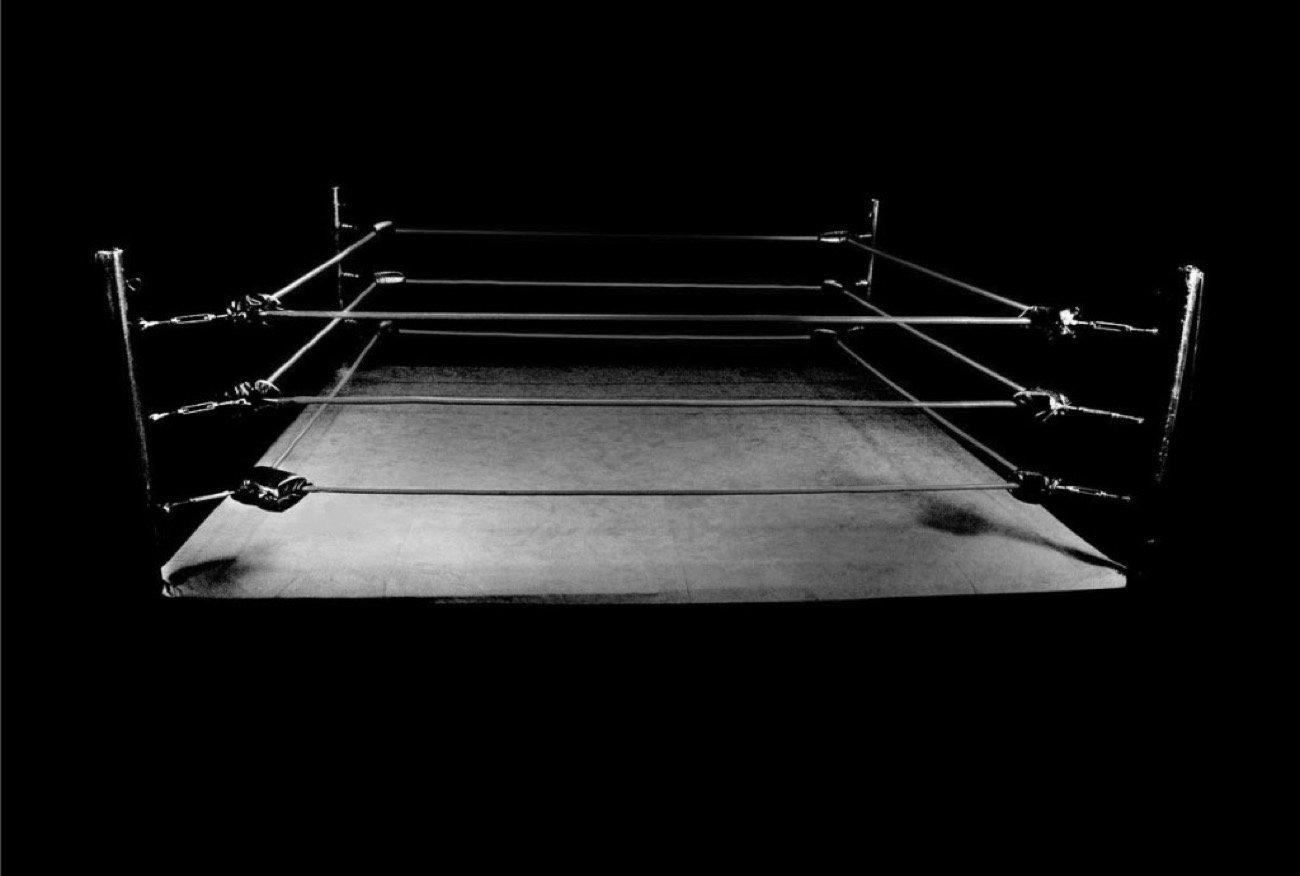Former IBF heavyweight champion Tony Tucker was a fine fighter, a gifted boxer/puncher who appeared to have the golden touch back in the 1980s. In fact, of all the largely forgotten ‘alphabelt’ champions who each took a short turn at ruling during that strange decade, Tucker perhaps wasted his talents more than any other heavyweight.
Tucker seemingly had it all – athleticism, size, speed, a good chin and decent punching power. What went wrong? Like many of his contemporaries, Tucker found himself embroiled with illegal substances at a time when his career should have been thriving. Tucker did manage to win a version of the world title – the IBF strap – only to lose it to Mike Tyson in his first defence. But the man who said he was going to be a “heavyweight Thomas Hearns,” should have gone much farther than he did.
First of all, Tucker enjoyed a very good amateur career. Capturing the 1979 National AAU light-heavyweight title, as well as winning a light-heavyweight gold medal at the 1979 Pan-Am games and winning the 1979 light-heavyweight World Cup, Tucker looked ahead to the 1980 Olympics. Certain he could defeat the great Teofilo Stevenson, Tucker was denied the opportunity due to the USA’s boycott of the games held in Moscow. Deflated, but looking for pro glory, Tucker made his professional debut in November of 1980, with a 3rd round stoppage of one Chuck Gardner. He was on his way.
Trained by Luther Burgess and managed by Emanuel Steward (hence the Thomas Hearns reference) Tucker also had his father employed in a serious advisory role. Tucker truly believed he was meant for something special, the reason was his lucky escape from the plane crash that took the lives of his team mates. Asked to fight in a tournament in Poland instead of the Moscow Olympiad, the US team obliged. Tucker won his light-heavyweight fight and flew back to America, only to be asked to return to Poland to box up at heavyweight. Tucker missed the flight and went home instead. When he got there his family thought they were seeing a ghost – everyone on the plane had died due to a horrible crash. By chance, Tony Tucker was not aboard, as his family was sure he had been.
Now convinced he was walking a preordained path towards greatness, Tucker focused his attention on the world title. Eventually, Tucker would get to 35-0 as a fighter, beating some good boxers along the way. Men like Eddie Davis, Jimmy Young and James Broad were beaten, as Tucker climbed the world ratings. Then, on May 30th, 1987, at the Hilton Hotel in Las Vegas, Tucker got his big chance. Fighting James “Buster” Douglas for the vacant IBF belt that had been stripped from Michael Spinks for boxing Gerry Cooney, the 28-year-old made Douglas quit in round-ten and was the new champ. Tucker’s triumph was tempered somewhat, however, in that it came at a time when a certain other rival heavyweight was collecting ‘alphabelt’ titles in devastating and rapid fashion.
Mike Tyson had knocked Pinklon Thomas into oblivion in the main event of May 30th, and Tucker-Douglas had been merely the chief support bout. The Mike Tyson era was in full swing, and Tucker knew who he’d have to defeat to be recognised as the real champion. A Tyson-Tucker clash took place just two months and two days later. Tucker was afforded no easy first defence – “Iron” Mike now wanted to hold all three alphabet titles. Could Tucker halt the Tyson express?
Well, no. But the “TNT” that Tucker had in his left hand did cause something of a sensation in round number one. Catching Tyson with an uppercut as he advanced, Tucker shook the WBC and WBA king and knocked him backwards. Such was Tyson’s perceived invincibility and superb defence at the time, this was actually a quite momentous occasion. Shortly after, however, Tucker broke his right hand. It had reportedly been damaged in training camp, and was now practically useless in the fight. From here on in, Tucker boxed with only one good hand. Against Tyson that was nowhere near enough. His good chin, reflexes and ability to tie Tyson up saw to it that Tucker made it to the final bell, even doing a version of the “Ali Shuffle” along the way, but his belt and unbeaten record had gone. Tucker was devastated.
Soon after the loss, Tucker got into drugs in a big way. He was never the same athlete again. Sure, he came back, even boxing for two further versions of the world title. But the Tony Tucker who lost on points to WBC champ Lennox Lewis, and who was stopped in seven rounds when boxing Bruce Seldon for the vacant WBA title was nowhere near the talent he had once been. From the Seldon defeat on things got even worse.
Eventually, Tucker would find himself being stopped in just two-rounds by Herbie Hide, in a fight that took place in the U.K. With his punch-resistance all but totally gone, Tucker was no match even for a small heavyweight like Hide. It was a sad fight to witness.
Tucker battled on, losing three and being stopped late by John Ruiz. Tucker’s final bout saw him produce a win over one “Rhino” Billy Wright in May of 1998 – eleven years after his victory over “Buster” Douglas – Douglas being the man who had gone on to do what Tucker felt he himself should have done, and beat Mike Tyson.
Tucker’s final ring record reads an impressive 58-7(48).
From the list of ’80’s heavyweights, Tony “TNT” Tucker is almost certainly the name that most springs to mind when one contemplates, what if? Without the bad influence of drugs, and with a little bit of good luck (and more time to prepare, for the Tyson fight especially), who knows how much further Tucker could have gone.
